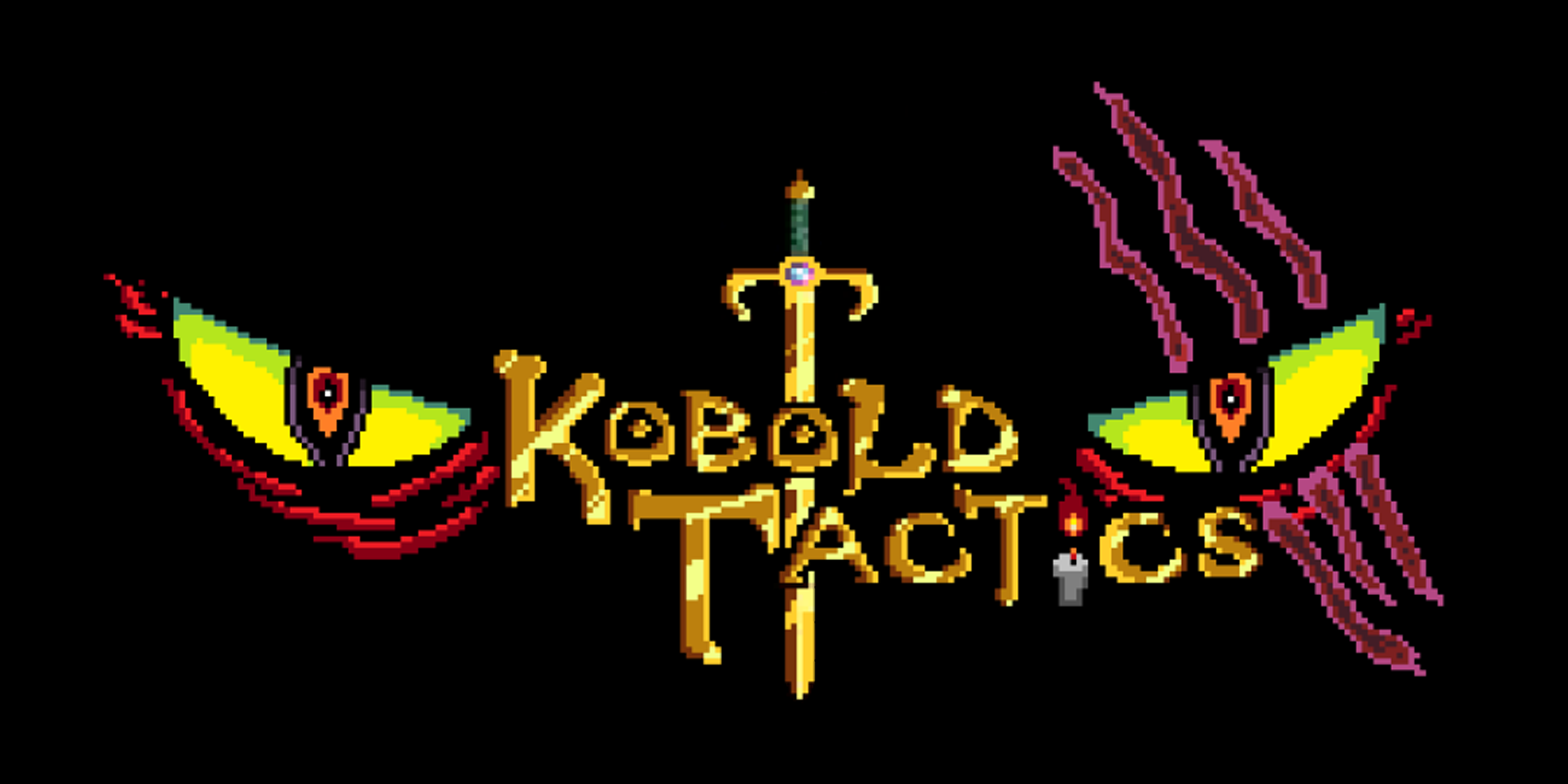Andrew from Andrew Santos Music here. As sole sound designer and one of two composers on the team, I thought a great starting point to the audio blog would be an inside look at our overall approach to creating a soundscape for Kobold Tactics.
For those new to the realm of game audio, there are two core principles that govern every decision:
- Thou shalt not annoy the player with audio (or even give the player the power to annoy themselves).
- Thy music and sound must stylistically suit the game world.
Now addressing the former involves considerations in multiple domains. It’s not only about creating great standalone music and sound effects, but also mixing the soundscape, creating smooth implementation, avoiding sounds that trigger irritation at high stress points in the game, and a host of other immersion-breaking landmines to steer clear of. In short, too much to talk about in one blog post, or even ten. Today, we’ll start covering #2 above with the first of a three-step process.
Step 1: Knowing your team, their collective vision, and what your players expect
As sound designers/composers, our contributions in the game development process tend to come towards the end when 70-80% of the game is built. The character designs, game world, and mechanics are already in place and there is plenty of material to supplement conversations with developers and artists. This being a game jam project initially (and my first project since grad school), I wanted to simulate the decision-making order as closely as possible by letting our artist, game designer, and programmers coalesce their vision while I simply kept my ears open and asked occasional questions. What games were being used as inspiration? What is the overall mood of the game? What kinds of sounds and instruments did everyone like or not like? We, as humans, tend to spend our creative lives trying to capture the magic of the first 2-3 works or experiences that made an emotional impact on us. So what spark of joy [insert Marie Kondo meme] does our team hope to capture and share with its audience?
From our numerous conversations, I feel fairly confident stating that everyone on the team, including me, holds a deep affinity for fifth generation era strategy games, such as Final Fantasy Tactics, Baldur’s Gate, and Ogre Battle 64. There’s something about the epic narratives, quick and responsive gameplay, and compelling characters that drive us to invest more time than is comfortable to publicly admit in tinkering with class management systems, equipment upgrades, and combat ability acquisition. We also enjoy quirky tongue-in-cheek humor and goofy parodies (e.g., Earthbound). This is the experience we want to share.
History time! Games from the fifth generation tended to feature art, music, and writing that had crossed a maturity threshold from the 16-bit generation, which was mostly aimed at younger audiences. Sprite art was more nuanced and sophisticated. Plots and character development became deeper and darker with unexpected twists, humor, and less obvious villains. Chiptune soundtracks with 45-second loops gave way to virtual orchestras playing 1:30-2-minute loops. Gamers were aging and game development was keeping pace, as it continues to do so.
And there’s the rub: As players, our heightened familiarity with the medium results in us demanding much more of our games now than we did over twenty years ago (we play XCOM 2 now). While our game designer, artist, and programmers take on the herculean task of making retro gameplay look and feel relevant, my composing colleague Kevin and I aim to evoke fifth-gen console nostalgia without the nausea that came with it (e.g., listening to the same faux orchestra loop 18,000 times and muting our TVs 5 hours/minutes into a game). Before we wrote one note, we had to answer the following questions:
- What worked back then that still works now?
- What drove us insane and how can we avoid those pitfalls?
To the first point, much of the semi-convincing orchestral palette, compositional style, and synth generated sound effects actually hold up pretty well behind retro-style contemporary games. Kobold tactics is set in a fantasy world and the bond between high fantasy-themed media (e.g., Willow, Banner Saga) and orchestral music remains strong. In addition, Chiptune has evolved considerably as a standalone music genre from the 16-bit console era influencing the birth of new sub-genres, such as Glitch Hop and Futurebass. Yet it still appears in retro-style games (e.g., Shovel Knight), albeit with better production and a fleshed out frequency spectrum. What this translates to for Kobold Tactics is a hybrid of Chiptune 2.0 (intentionally improved quality) and Orchestral 1.0 (intentionally reduced quality). Below is a victory stinger for our battle scenarios:
Many of the sound effects of today, to be sure, go through a far deeper development process than simply programming an FM synth. However, the old tricks will still get you 50-60% of the way there. Design (or record!) a core swoosh sound, add some layers, some effects, and you could have a retro-ish sword swing that sounds fresh and satisfying. Here’s what getting hit by a Minotaur with a great sword sounds like in Kobold Tactics:
What should stay dead is the implementation and production quality of the fifth generation. Repeated sound effects or short music loops with no variation, hard cuts between music tracks, and dogmatic adherence to a limited palette and production techniques are where enthusiasm for retro games goes to die. Just as some people over 25 like Mexican food but can no longer digest Taco Bell, we enjoy older games but can no longer stomach their lack of aural polish.
That wraps up step 1. Next up, Step 2: Knowing the game design.
